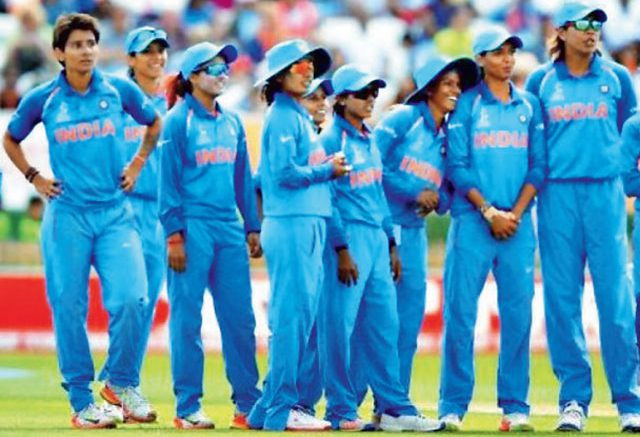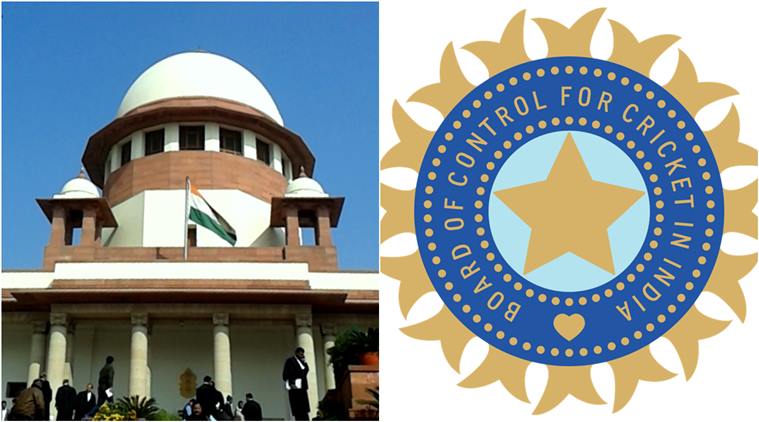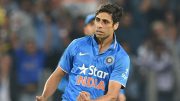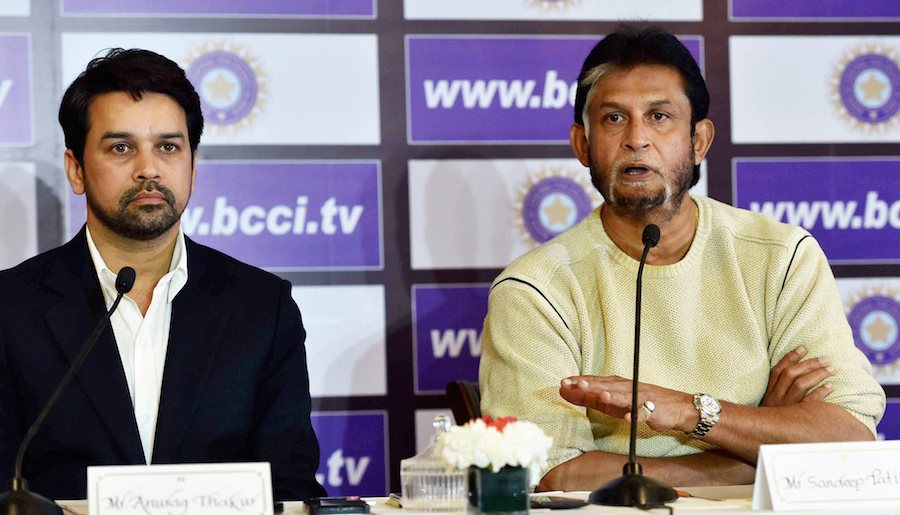Just ahead of the Olympics in Rio de Janeiro last year, the golfer Rory McIlroy joined a flood of fellow professionals in withdrawing from the Games. Golf had fought an intense battle to return to the Olympics for the first time since 1904, and as one leading pro after another pulled out, it began to be said that they were disrespecting the eminence of the competition and embarrassing their sport as a result. Ostensibly, McIllroy decided against flying to Rio due to fears of the Zika virus, but his real reasons emerged subsequently.
“I’ve said to people, I have four Olympic Games [major championships] a year,” he said. “That’s my pinnacle. That’s what I play for. That’s what I’ll be remembered for. I don’t think it’s embarrassing for the game, because most other athletes dream their whole lives of competing in the Olympics, winning an Olympic gold, and we haven’t. We dream of winning Claret Jugs and we dream of winning Green Jackets. Whether that makes golf look insular in any way… it’s just the way it is.”
Sound familiar? Cricket finds itself in a similar place now. It hasn’t featured at the Games since 1900 in Paris, where it was played as a two-team competition over two days. The narrative opposing cricket’s re-entry into the Olympics isn’t that different to the one in golf, or at least the one McIlroy propagated – the Olympics isn’t the “pinnacle” of the sport; a packed calendar doesn’t allow wiggle room for a 15-day disruption; and cricketers grow up dreaming of winning World Cups and Test matches, not Olympic gold medals. That McIlroy rang Rio golf gold medallist Justin Rose after he watched him ascend the podium on TV, not just to congratulate him but assure him that he really wanted golf to succeed as an Olympic sport, is a delicious subplot. But we digress.
Cricket sits at an inflection point right now vis-a-vis its place in the Olympic movement. Prominent voices within the game are lawyering with gusto for a return to the Olympics. The chief executive of the ICC, David Richardson, said in March that “the time is right” to make an application for participation at the 2024 Games, coincidentally to be held in Paris, where cricket made its only appearance so far, at the turn of the previous century.
Supporters of the move have argued feverishly for years now that the T20 format offers the perfect vehicle for cricket in this four-yearly celebration of sport. If those running cricket believe that “globalising” the game and expanding its footprint are more than a punchline for Powerpoint presentations, can there be a greater stage on which to further that objective than the Olympic Games?
Whether a whole-hearted embrace of the Olympic movement enthuses the majority of the game’s administrators or not will be revealed in the days to come, but there can be little doubt that after the recent women’s World Cup, Olympic participation will be a significant leap forward for women’s cricket.
In the course of the month that the competition ran in England, it created unprecedented enthusiasm. Excitable fans filled stadiums, viewership figures were through the roof, and the jaw-dropping advancement in skills provided a magnetic attraction. An exciting new generation of players are now undoubtedly role models around the world.
This is a moment crying out to ensure the momentum created by these positive vibes is not lost. A push towards Olympic participation is sure to generate a groundswell. One of women’s cricket’s biggest challenges is to ensure a busy enough calendar, one that allows its star players to face off in high-octane competitions frequently, watched by eager and engaged television audiences. While bilateral series and league competitions such as the Women’s Big Bash in Australia and the Kia Super League in England are key in achieving that objective, the fervour of nation versus nation in a global event is unmatched. For evidence, look back a couple of weeks, to the most watched game in women’s cricket history – the thrilling World Cup final between India and England.
Imagine this as a four-year playing cycle for women’s cricket: a World T20 every two years, and a World Cup and the Olympics each every four years. Each year would feature a competition with a meaningful outcome that energises the support base and creates a well-defined aspiration for the players. Teams will seek dominance by aiming to capture each of the major titles in sequence, year after year. The chasing pack will have the opportunity to topple the winners from the previous year. Winning gold at the Olympics will be the crowning glory of a playing career, and those who pull off the feat will script storylines that will be held up as examples for the players making their way into the game.
Over the last few years the biggest stumbling block in the way of cricket making a concerted bid for Olympic participation has come from the game’s mightiest stakeholder. The reasons for the BCCI’s discomfort have been the subject of speculation. There have been whispers that the Indian board is concerned about having to be under the purview of the Indian Olympic Association (IOA) if an Indian cricket team appears at multi-discipline games. News reports have quoted sources suggesting that there is a view within the BCCI that scuttling the ICC’s push for Olympic participation is the perfect counter-punch after the BCCI was given a “raw deal” in the revised revenue-sharing model. Some board officials, if these reports are to be believed, scoff at the the idea because there is simply no revenue upside to sending a team to the Olympics.
However, surely, in the afterglow of India’s women reaching the final of the World Cup, this stance must be revisited. The board needs to consider now, more seriously than ever before, the transformative effect Olympic medals have had on women’s sport in India since Karnam Malleswari smashed a glass ceiling to clinch a weightlifting bronze at the Sydney Games in 2000.
The inspirational story of London 2012 bronze medallist MC Mary Kom has transcended her sport to such a degree that it was captured on celluloid, with one of the Hindi film industry’s leading superstars, Priyanka Chopra, playing her. Sakshi Malik’s wrestling bronze and gymnast Dipa Karmakar’s near miss in Rio last year were nerve-tingling, unforgettable moments that catapulted them into the national imagination and kept them firmly entrenched there. From being a sport that barely registered in the country’s mind space to occupying pride of place now, badminton owes its recognition and rapidly expanding critical mass of viewership in no small measure to Saina Nehwal’s breakthrough bronze in London in 2012, and PV Sindhu’s magical run to silver in Rio four years later.
There is little doubt that India’s women cricketers can produce a similar surge in interest in their game if they were to repeat their World Cup heroics on the Olympic stage. Interest in the performances of Indian athletes has traditionally peaked when they have had opportunities to showcase their skills in multi-discipline events, but the BCCI’s obstinacy in the past has scuppered any such chances India’s women cricketers have had.





Be the first to comment on "Why women’s cricket at the Olympics is a good idea"